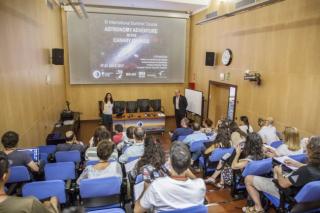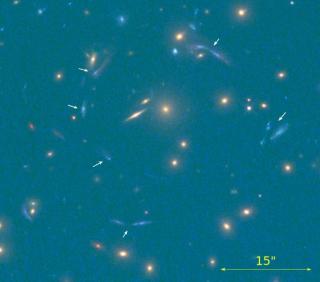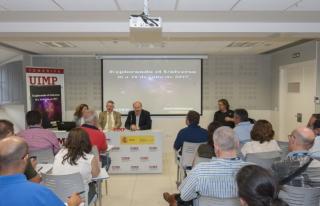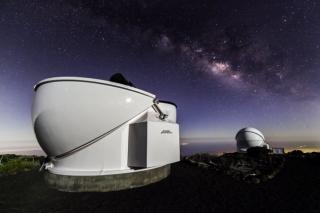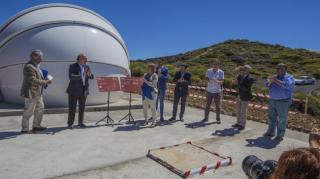
The international projects of large telescopes for the Canaries are supported by all the joint adminstrations, according to what was approved this morning in the annual meeting of the Governing Council of the IAC, celebrated in La Laguna
Advertised on
